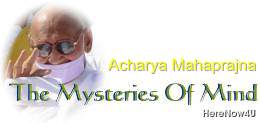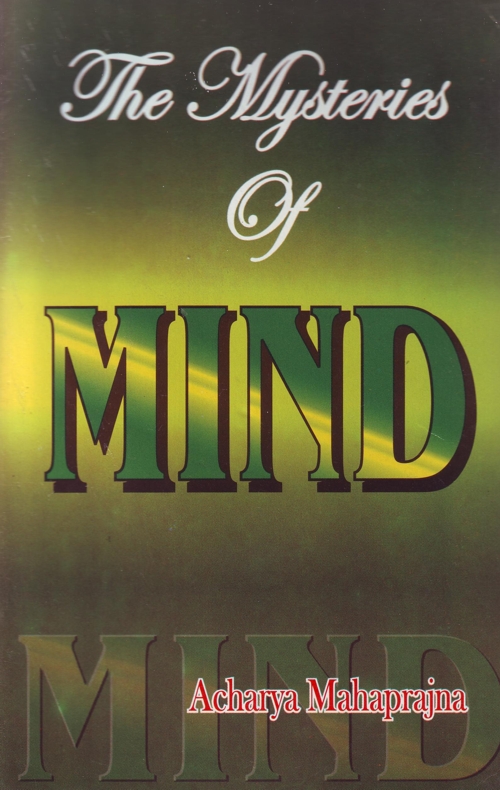
- Absorption - Concentration.
- Several actions together - one action at a time.
- Intransigence - Synthesis.
- Anger - anxiety - despondency - fear - peevishness.
- Desire - it is better if it were so - memory - imagination.
- Development of patience.
- Therapy at the level of the conscious mind.
- Therapy at the level of the unconscious mind.
- Let us shape the reflection and not that which is reflected.
- Breath perception - to live in the present moment.
- Body perception - to live in the present. Tensions disappear if one lives in the present.
- Breath perception - to live in equality.
- Body perception - to live in equality. Tensions disappear if one lives in the present.;
- Main causes of tensions - to live in the present and the future.
- Curiosity, absorption, desire, arta-rudra meditation.
- Emotions like anger etc. produce tensions.
All the living beings in the world are combinations of various elements. There is no living being which is not a compound. Neither can consciousness be manifest except through the body, nor can the body be created except by consciousness. All the living beings in the world combine in themselves a body and consciousness. Nothing like pure consciousness is available anywhere. It is an ideal to be achieved in the future. Body and consciousness have, been together since time immemorial. The question as to how long and why they have been together has remained unanswered. The simplest answer is that their association is beginningless. It seems that the jiva and the body have entered into an agreement to the effect that they will never quit each other and will continue to live and work together without interfering with the substance of each other. The body cannot pollute the essence of the soul and the latter does not withdraw from the area of the former.
To know is one thing and to tell others what you know is quite another. Language is a medium of expression and communication. What we express or communicate is determined by the limitation of language. The scope of knowledge is infinite but that of language is limited. Whatever is expressed in language is, therefore, of a limited scope. Language by its very nature cannot express the infinite. The infinite cannot be compressed into the finite. Leave alone the infinite; language cannot express even the experiences we gain in day-to-day meditations. Therefore, whatever we say about these experiences remains incompletely expressed. That is why we are forced to give expression to these experiences only symbolically and metaphorically. We cannot express them fully. Experience cannot be externalized by means of language. There does not seem to be any medium of communicating experiences.
The experience of joy is reflected on the face. Anger makes the face stern and the entire body constrained. And yet the sternness of the face and the constraint of the body do not give a complete expression to anger.
There are two principles, the jiva (living being) and life. The jiva has consciousness. At the same time it is formless. Consciousness is the dividing line between jiva and that which is not jiva. In other words, that which has consciousness is jiva and that which does not have consciousness is not jiva.
The next thing is formless existence. We are not familiar with the term 'formless' because we live in a world constructed by the sense-organs. We are familiar with this world and the sense-organ only. The mind, the sense-organs and the intellect cannot comprehend the formless. Only those who went beyond the sense-organs, the mind and the intellect could comprehend the formless. Even those who possessed visual intuition and knowledge of other minds were incapable of comprehending the formless. Those who reached the heights of visual intuition declared that there is a formless substance in the world. This substance has neither colour, nor smell, nor taste, nor touch, but it maintains its identity and does not disintegrate. It has no structure. Although it penetrates space, it does not become an obstruction. It cannot be struck. This formless substance pervades the whole universe. It is omnipresent.
 Acharya Mahaprajna
Acharya Mahaprajna

